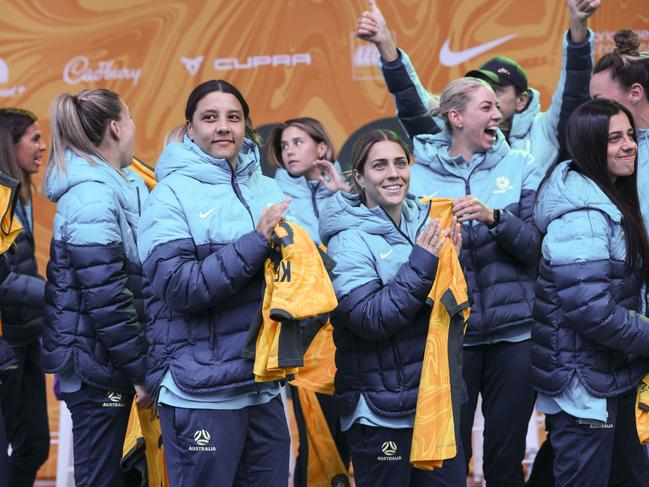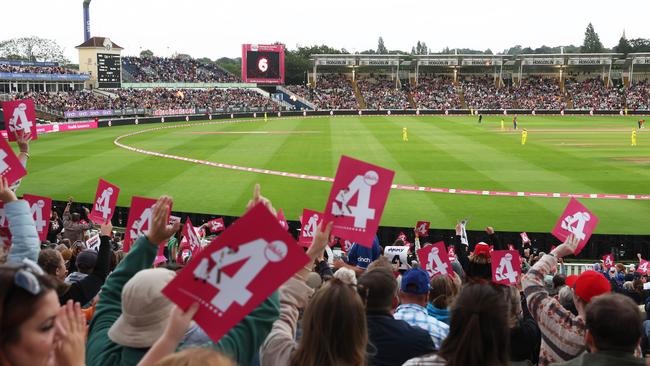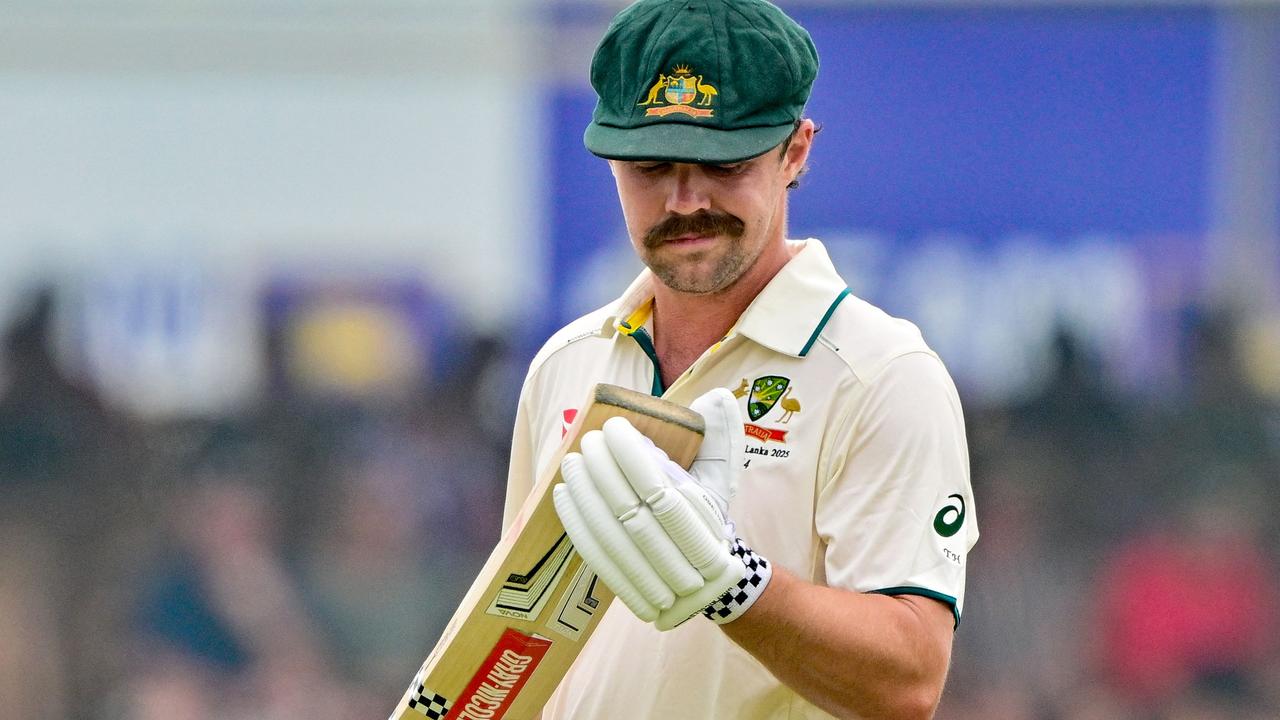Ashes 2023: Cricket administrators need to change the schedule to give the women’s series clear air
For all FIFA’s failings over the years – and there have been more than a few – the way it has helped build the women’s World Cup is not one of them, writes DANIEL CHERNY.

For all FIFA’s failings over the years – and there have been more than a few – the way it has helped build the women’s World Cup is not one of them.
The event starting this week in Australia and New Zealand has become a genuine marquee event on the global sporting calendar, more than capable of standing on its own two feet. More than a billion viewers tuned into the last event in 2019, and while the location of this version is not as friendly for key television markets in Europe, leading to issues around the sale of broadcasting rights, FIFA claimed in recent days that 1.25 million tickets have been sold for the 64-match tournament.
FIFA has cultivated the event in what is an otherwise relatively quiet period for the global game. It is not going up against a men’s European championship, let alone a men’s World Cup, which along with the summer Olympics remain the grand daddies of the global sporting landscape. This guards against cannibalisation, allowing the women’s World Cup as much chance as possible to grab attention, both before and during the tournament.

The Ashes, clearly, is not the World Cup in terms of global reach. But it is cricket’s most storied contest, and you only needed to look at the brouhaha that ensued after Alex Carey’s stumping of Jonny Bairstow at Lord’s to appreciate how deeply entrenched it is within the national psyche of both Australia and England.
Like the women’s football World Cup, the women’s Ashes is a much later invention than its mens counterpart. It is growing from strength to strength, with Cricket Australia’s investment in women’s cricket pressuring England to follow suit. The Aussies, for so long an all-conquering juggernaut, have retained the Ashes, but the gap is clearly closing on the back of the ECB’s development of the sport.
Not only has the cricket been tight, so too has it been compelling. Build it and they will come. And in droves, it has turned out. The sight of fans snaking around corners in a line for the final one-dayer at Taunton on Tuesday was a neat illustration of the appetite for this series, one that has played to sellout crowds at all three ODIs after more than 19,000 attended the Twenty20 clash at Edgbaston, in excess of 20,000 were present for England’s win at the Oval and 21,610 watched the hosts clinch the T20 leg of the series at Lord’s.

On these metrics it has been a major success, and yet something is missing: clear air.
The women’s Ashes has been jammed into nooks and crannies in between the men’s Tests. There has even been some occasional overlap, with rain delays on day three of the men’s Test meaning there was about an hour of simultaneous Ashes cricket while the Lord’s T20 match was underway.
It is sub-optimal.
This isn’t a Grand Slam tennis event, where men and women feature on the same court on the same day. These cricket matches have been played hundreds of kilometres away from each other.
From a media perspective it has made it impossible to cover both effectively at the same time, and meant that the drama and intensity of a highly-competitive women’s series has been diluted.
The women’s Ashes is an increasingly strong asset in its own right. It should be kept away from the men’s Ashes to help prop up English summers where the men’s touring sides hold less appeal. Like say next year, when the West Indies and Sri Lanka play three Tests each in the UK.

It is already heading down this path in Australia. The women’s Ashes were held directly after the men’s in 2021-22, but have been split under the current ICC future tours program, with England’s women touring in 2024-25 and the men heading Down Under the following summer. Unfortunately 2024-25 also brings a men’s Test visit of India, another major drawcard, but it is a start. Ideally the women’s Ashes would be saved for men’s summers featuring neither England nor India.
However while the next FTP doesn’t extend beyond early 2027, the ECB announced its major match venue allocation until the end of 2031, and it showed that women’s and men’s Ashes in the UK will again coincide in 2027 and 2031.
At a time in which England is rising in the women’s game, and crowds are flocking in record numbers, this feels a waste.
The ICC has already split its T20 World Cups, a move which proved stunningly successful when more than 86,000 descended on the MCG for the final in March, 2020.
The potential of standalone women’s sport is about to be further unleashed on Australian audiences over the next few weeks. It’s time for the Ashes to keep up.




